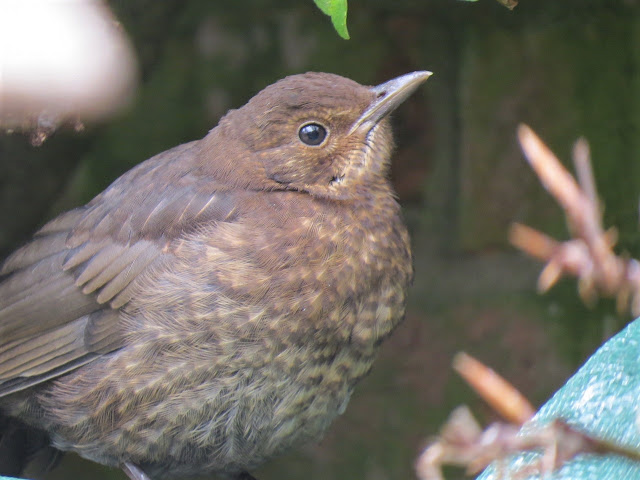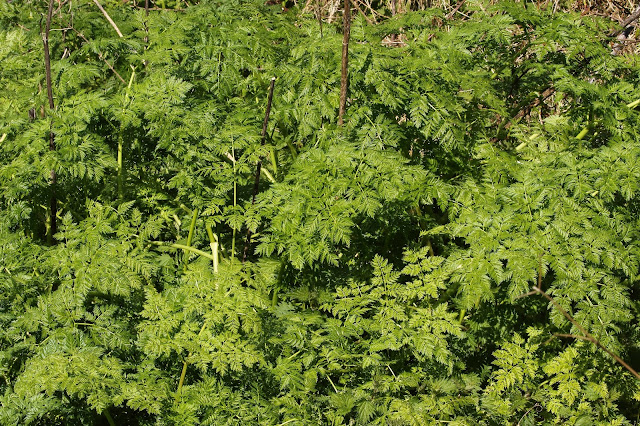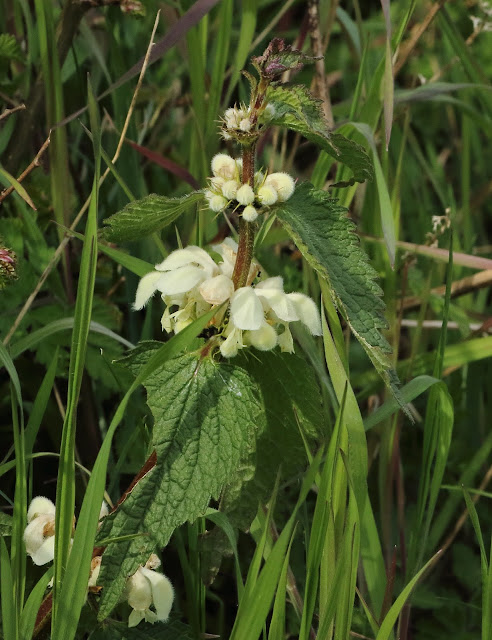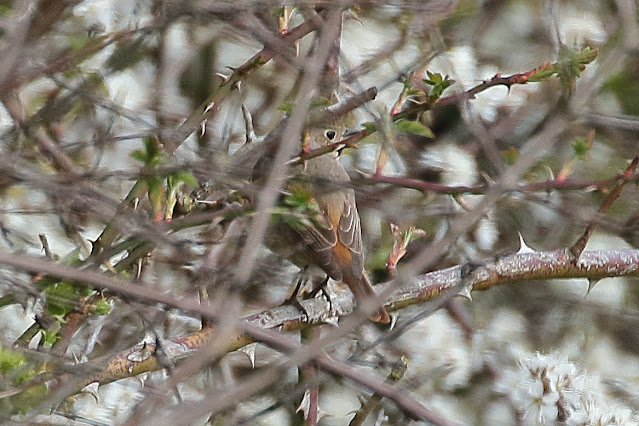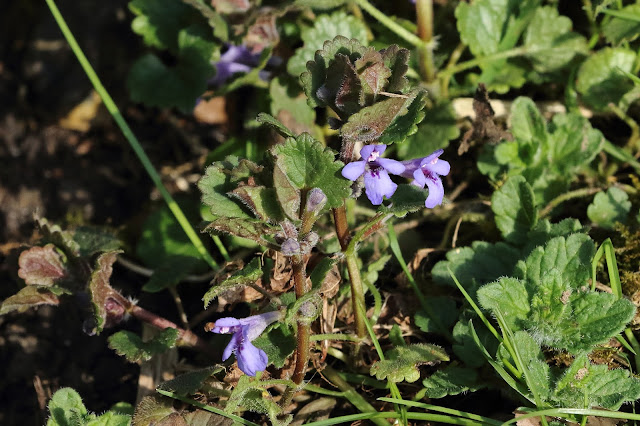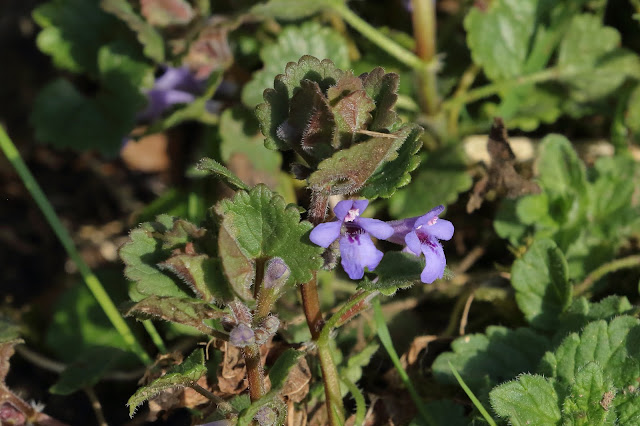Monday 26th April, 2021
Whilst out walking in the evening sun along the Roman Road earlier this week, Andy M was particularly excited to see a Short-eared Owl. Seen initially gliding along the Roman Road, it drifted over the hedge into the field beyond. Andy followed and spotted it 'perching' on the ground a short way off.
This relatively large owl (a little larger than a Barn Owl) has coarsely-patterned brown plumage on the back, being more finely patterned on the head, with a striking pale facial disk, darker areas around the large eyes, and short 'ear' tufts. As Andy approached, it flew off across the field, gliding gracefully on surprisingly long and narrow wings, to again 'perch' on the ground beneath another hedge.
Unlike other owls, Short-eared Owl are partly diurnal and can be seen hunting during day-light hours, preferring open scrubby grassland away from woodland.
Whilst only very rarely seen in the Abingtons (the last one was seen by Anne D-N south of the LSA in Sept 2015), small numbers of Short-eared Owl overwinter in Cambridgeshire, being more usually seen in places such as Burwell Fen, Wicken Fen and the Nene Washes. Derek T has also more recently seen one around Dernford Reservoir, near Stapleford last winter.
Photos of a Short-eared Owl, taken by Derek T at Dernford Reservoir in Nov'2020.


